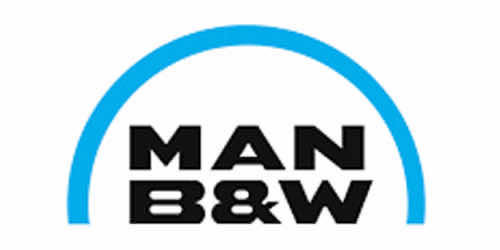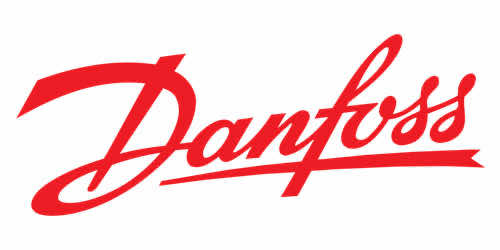
A hydraulic system is a drive technology where a fluid is used to move the energy from e.g. an electric motor to an actuator, such as a hydraulic cylinder. The fluid is theoretically uncompressible and the fluid path can be flexible in the same way as an electric cable. The fluid passes through the valves and flows to the cylinder where the hydraulic energy converts back into mechanical energy. The valves help to direct the flow of the liquid and relieve pressure when needed.
Marine hydraulics are used for the dispersal and obtainment of power through a constant drive and speed, i.e. electric motor. The hydraulic circuit is made up of marine hydraulic steering fluid contained in a reservoir tank, a pump to push the marine hydraulic fluid in and out of the marine hydraulic steering system and a motor or cylinder actuator to convert the energy of moving liquid. These systems also require valves to control the flow and pressure.
The Main Component in Hydraulic systems is a fluid that is used to move the energy. Water has been used mainly as the original marine hydraulic fluid, and it is still sometimes used for heavy operations. Water’s disadvantage, however, is that it causes rusting and corrosion, and has a limited temperature range.
Oils, enhanced with additives, compromise of oxidation stability, rust prevention, film strength, foam resistance, and anti-wear characteristics make sure the fluids withstand higher temperatures of operation and modern system pressures. Rotating marine hydraulic pumps and motor systems demand marine hydraulic steering oils.
Marine hydraulic systems need a continuous services/solution, that includes onboard maintenance and repairs to maintain a high standard that will provide long life to the reliable system, as well as includes the replacement of marine hydraulic parts with more efficient working ones.
We at AMAF Marine are capable enough to provide all Marine Hydraulic Services/Solutions to the Vessel Owners or Ship Management Companies.










